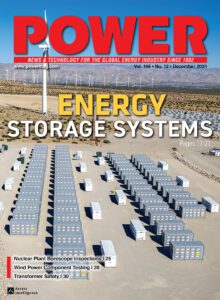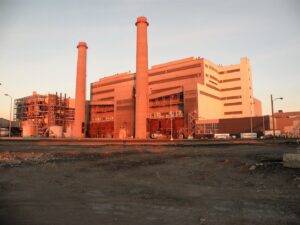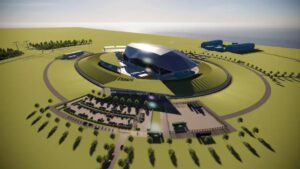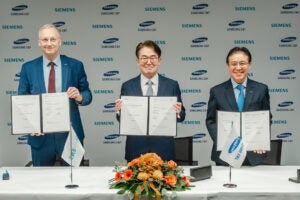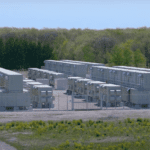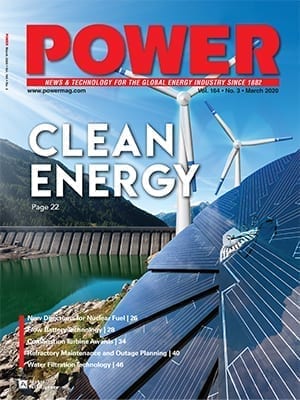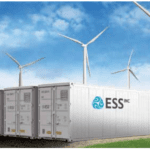Renewable energy intermittency isn’t only a challenge when the sun isn’t shining or the wind isn’t blowing. For many regions, oversupply of renewable electricity during sunny and windy periods with low grid demand creates its own economic and operational challenges. In California, more than 2.7 TWh of renewable energy—primarily solar—was curtailed last year during such conditions. And in the Midwest, periods of excess wind generation routinely lead to negative electricity prices.
As more renewable energy is added to the grid, oversupply presents a tremendous opportunity for new energy storage technologies that can economically mitigate grid congestion and improve renewable utilization to support grid flexibility. While short-duration lithium-ion batteries are the dominant grid-scale battery technology today, new long-duration energy storage (LDES) technologies are best suited to capitalize on energy market conditions and turn excess renewable energy into an opportunity while meeting the needs of a rapidly evolving grid.
Renewable Oversupply and Negative LMP Are Here to Stay
Research from Lawrence Berkeley National Laboratory shows that the oversupply of renewable electricity—and resulting negative locational marginal pricing (LMP)—has become a widespread and worsening reality nationwide. In parts of wind-dominated Kansas and Oklahoma, electricity prices are negative more than 25% of the time. California, Texas, and New York also routinely experience negative LMP.
Looking ahead, Wood Mackenzie forecasts growth in instances of negative pricing through 2040. Even taking into account the rapid growth in energy storage deployment, the analyst firm expects it will not be enough to mitigate the fundamental drivers of negative pricing. This creates a significant opportunity for operators deploying energy storage assets.
Short-Duration Solutions Limit Revenue Opportunities
While lithium-ion is currently the most prevalent battery storage technology on the grid, its characteristics restrict operators’ ability to earn revenue and address congestion. Most lithium-ion projects have durations of four or fewer hours, limits on daily and lifetime cycling, and experience capacity degradation, which requires periodic investment in augmentation.
With short-duration lithium-ion batteries, operators can deliver ancillary services, serve capacity markets, bulk shift clean energy, or serve energy arbitrage opportunities in congested areas. However, they can’t serve multiple use cases with the same asset. Shorter duration, paired with cycling limitations, limits their revenue-generating potential and operators’ ability to improve renewable utilization.
Long-Duration Energy Storage Opens Doors for Value Stacking
Unlike lithium-ion batteries, which were originally developed for consumer electronics, many LDES technologies have been developed specifically to meet the needs of the grid. With storage durations of eight hours or more, LDES technologies make it possible to serve multiple markets at once, diversifying the revenue streams available to a single asset. This can enable operators to earn attractive returns, especially in regions that regularly experience renewable oversupply and negative pricing.
For example, iron flow battery (IFB) technology, which can deliver up to 12 hours of energy storage, provides unlimited cycling with no capacity degradation over a project’s 25-year design life. ESS modeling demonstrates that these characteristics can allow project owners to earn a higher internal rate of return than lithium-ion in regions that experience frequent negative pricing and in applications incorporating both merchant and capacity markets. In other words, unlike lithium-ion battery technology, iron flow systems can stack revenue streams, participating in multiple markets with a single asset thanks to the inherent flexibility and longer duration of IFB technology.
LDES systems will be essential for achieving renewable baseload energy by combating intermittency in the years to come, but they have more to offer than just uninterrupted power. LDES is a flexible tool for operators to optimize the value of their excess energy and ultimately support grid stability and renewable integration.
Unlock Positive Returns with Grid-Scale LDES
The challenges of oversupply aren’t going away. Renewable generation deployment and the associated shifts in grid management will continue to dominate the U.S. energy transition for decades to come, particularly as grid operators retire more than 200 GW of legacy generation capacity, primarily coal, within the next 10 years.
LDES technologies with the right operating characteristics can combat congestion, capitalize on oversupply, and improve grid operation. Ultimately, with LDES, utilities, generators, and grid operators can build the foundation for a resilient and both environmentally and economically sustainable grid of the future.
—Hugh McDermott is senior vice president of Business Development and Sales with ESS Inc.


